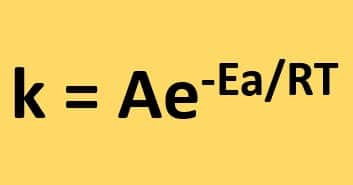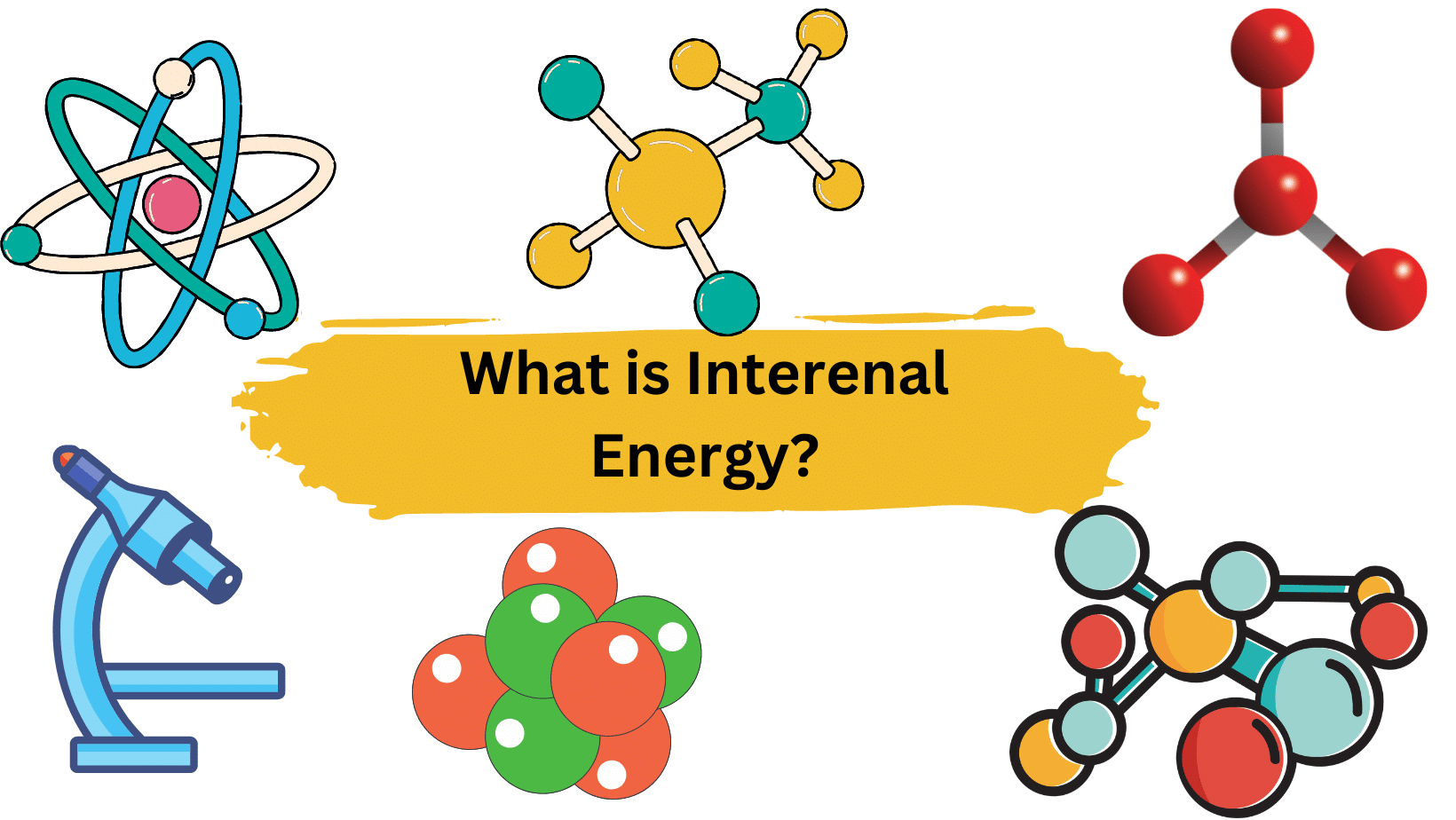The Arrhenius equation is the foundation of all predictive expressions used to calculate reaction-rate constants because it describes the effect of temperature on the velocity of a chemical reaction.
The equation is commonly written as k = Aexp(-Ea/RT), which is an exponential function.

The frequency at which atoms and molecules contact in a way that causes a reaction is represented as A, E is the activation energy for the reaction, and R is the ideal gas constant (8.314 joules per kelvin per mole), and T is the absolute temperature.
Table of Contents
Arrhenius Equation Definition
The Arrhenius equation shows the relationship between the rate constant for a given chemical reaction (k), with the temperature, T, the activation energy for the reaction, Ea, the pre-exponential factor A, and the universal gas constant, R. It is given as
k = A.e-Ea/RT
- The rate constant (k) of a reaction increases exponentially when the activation energy decreases.
- Frequency factor A is related to the molecular collision, it is temperature dependent, It is determined experimentally, as it varies with different reactions.
- The activation energy (Ea) is the minimum amount of energy required by the reactant(s) to attain the transition state.
Once in the transition state, the reaction can proceed in one of two directions: forward towards the product(s) or backward towards the reactant (s).
To achieve the transition state, a reaction with high activation energy needs a lot more energy. - R is the gas constant and its value is 8.314 J/ml K
- T is the absolute temperature at which the reaction takes place, its unit is Kelvin (K)
More Links
Associative Property- Addition & Multiplication
Alliteration Definition
Au Pair Meaning & Definition
Quarks in Physics
The pH of Distilled/ De-Ionized Water
Conduction in Physics| Easy Examples
- BCl3 Lewis Structure in four simple steps - November 1, 2023
- PH3 Lewis Structure in four simple steps - October 8, 2023
- PF3 Lewis structure in four simple steps - September 24, 2023



